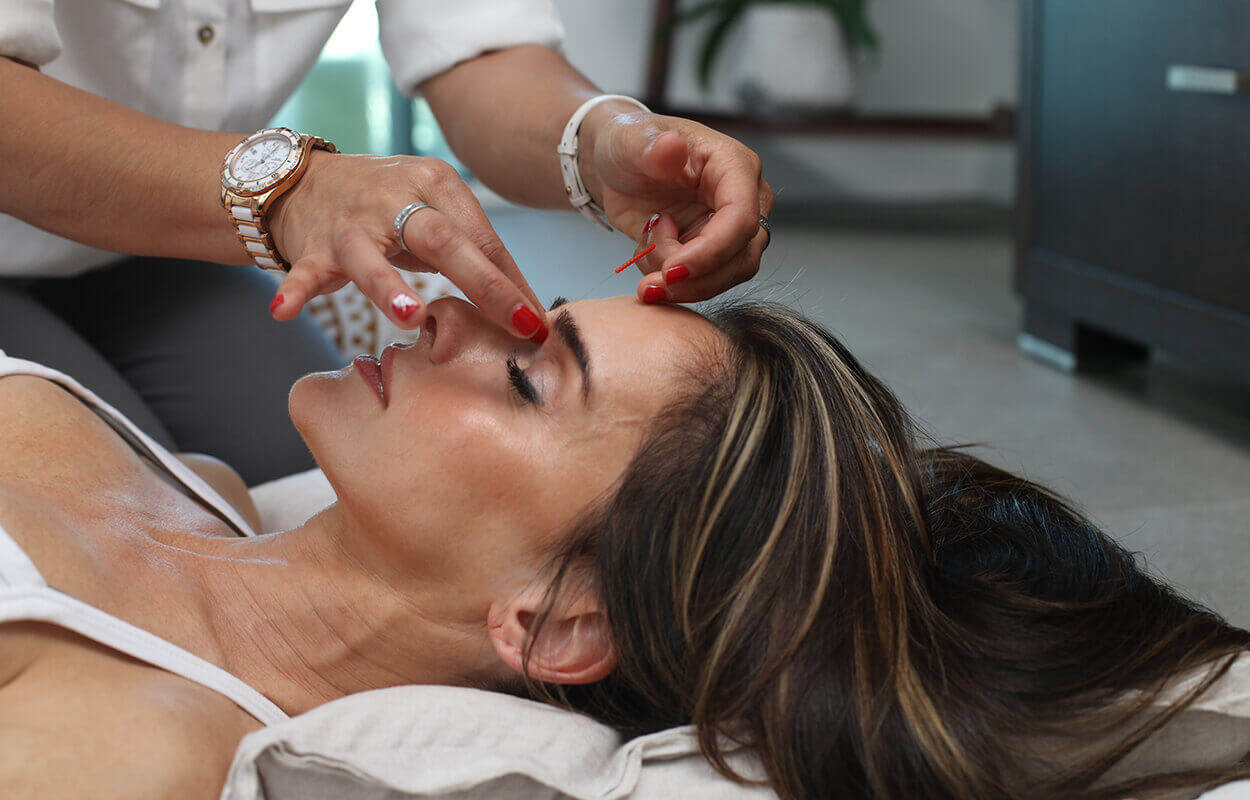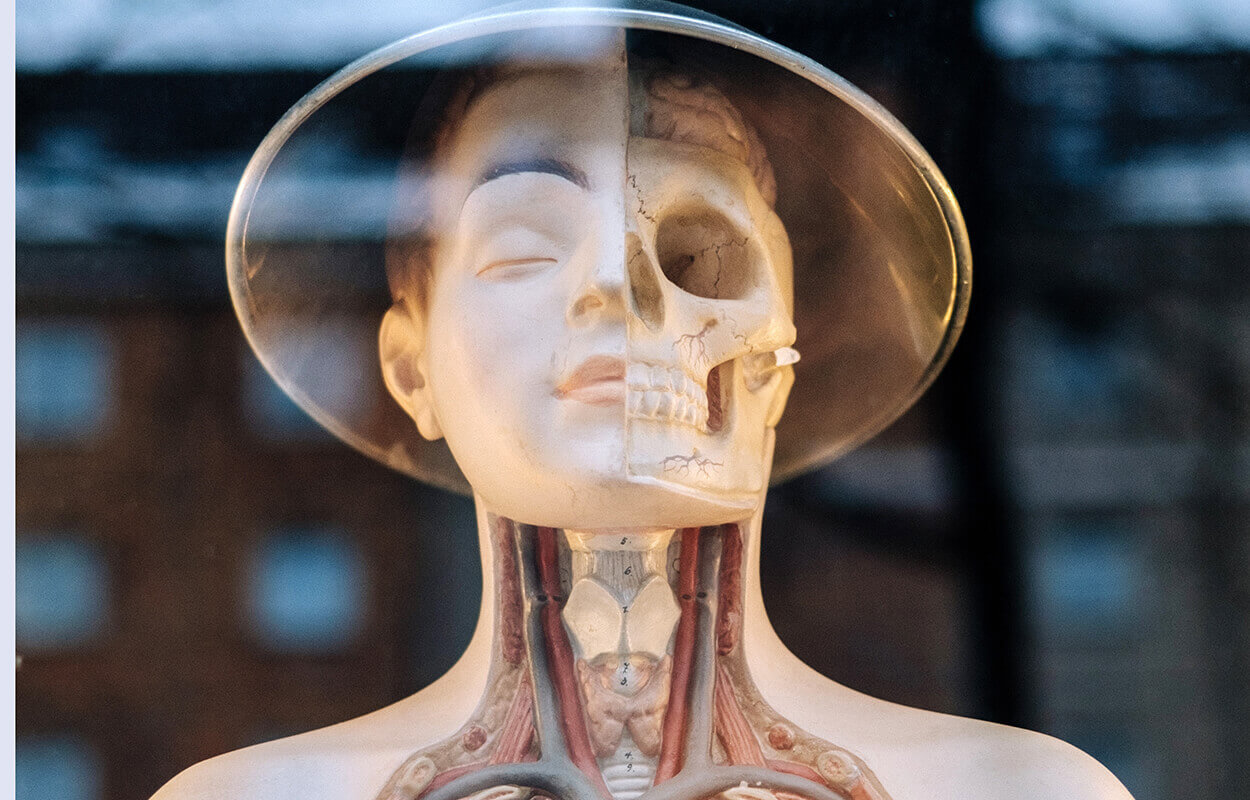Why Acupuncture
Acupuncture involves the use of very thin needles to stimulate different pressure points along the meridian system. Electroacupuncture involves stimulation of these needles with a mild electrical current. The electrical current is not painful, it feels more like a gentle vibration. Electroacupuncture is thought to stimulate the central nervous system and provide an analgesic (pain relieving) effect.
What does Acupuncture Do?
Needling acupuncture points stimulate the nervous system to release chemicals in the muscles, spinal cord, and brain, altering pain experiences or influencing the body’s biochemical balance. This promotes healing and physical and emotional well-being. It is often used in conjunction with physiotherapy, chiropractic, and massage due to its low risk and cost-effectiveness. The effectiveness of acupuncture treatment depends on the severity of the patient’s condition and their response to treatments. After assessment, the practitioner will discuss the expected number of sessions and the expected outcomes, considering other treatment procedures.
What is Acupuncture Used For?
Headaches & Migraines
Jaw Joint Pain (TMJ)
Shoulder Pain
Acute and Chronic Pain
Neck Pain
Back Pain
Sciatica
Poor Circulation
Nerve Pain
Arthritis
Joint Inflammation
Sinusitis
What is the Difference Between Medical Acupuncture and Traditional Acupuncture?
Acupuncture is a method of stimulating specific body points to promote healing, control pain, and normalize function, often used by physiotherapists, chiropractors, and massage therapists within their respective practices. Traditional acupuncture, also known as Chinese acupuncture, is a treatment method used for pain management, anxiety, gastrointestinal conditions, and women’s health.




